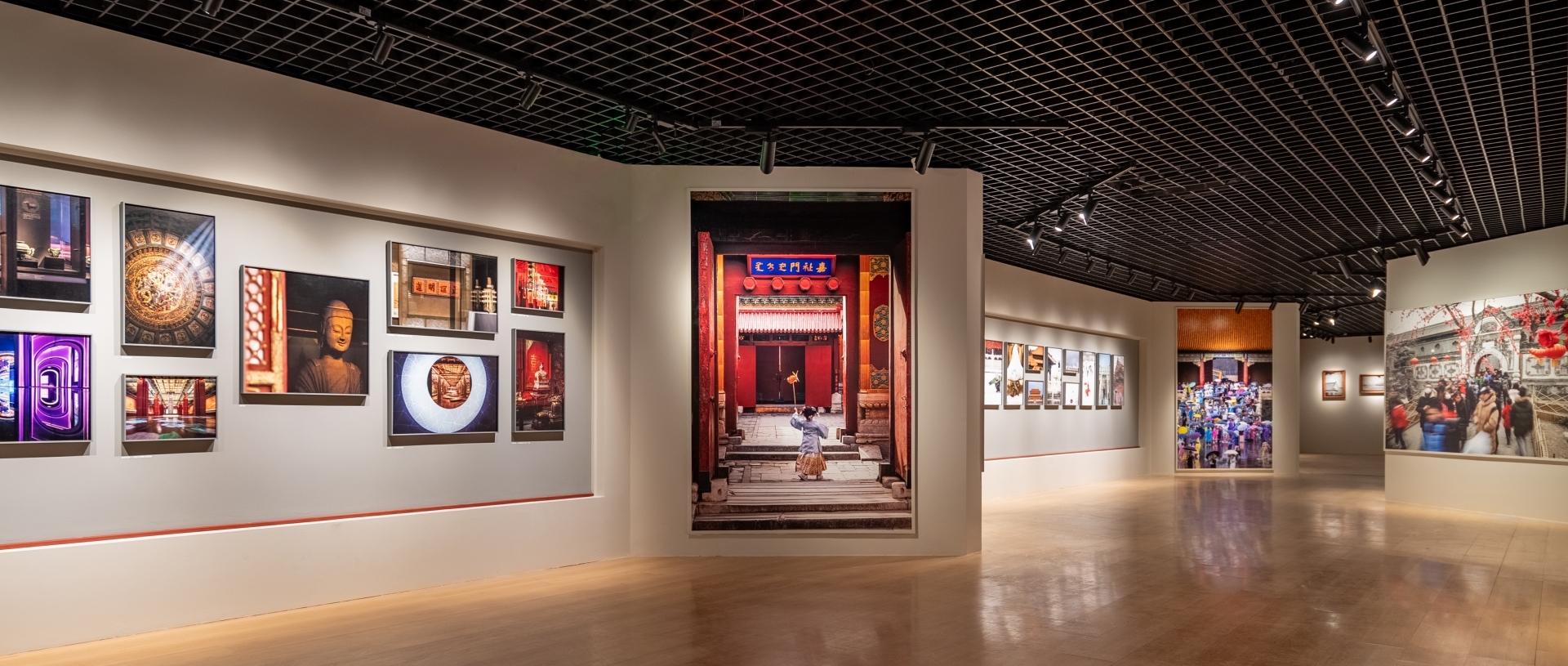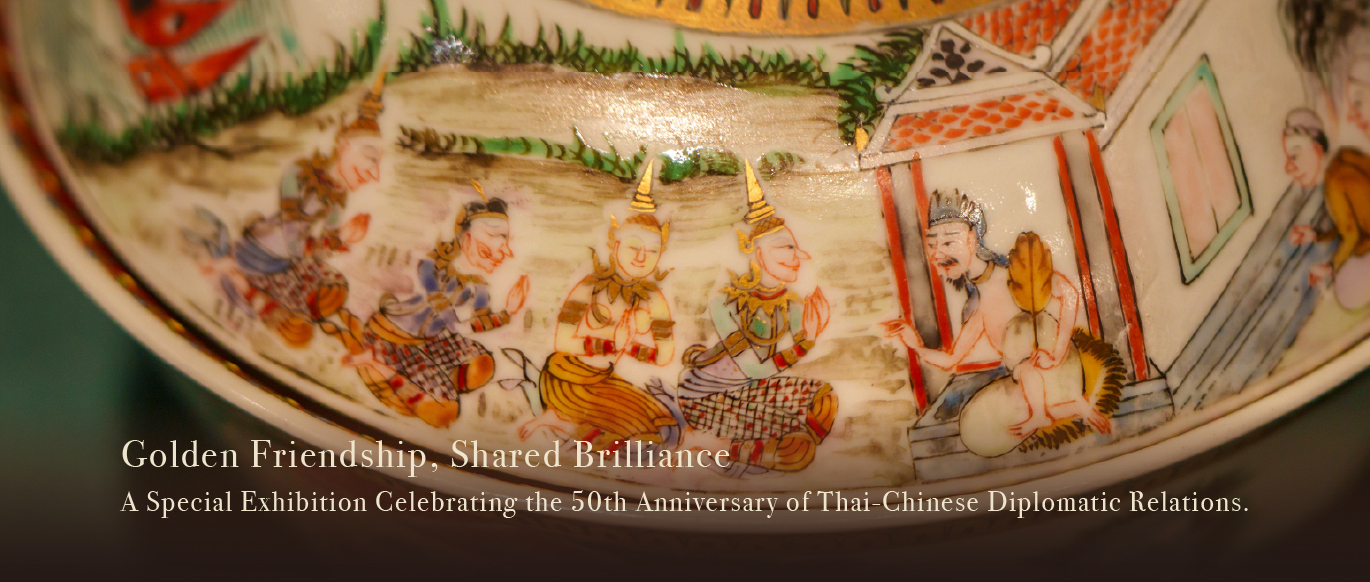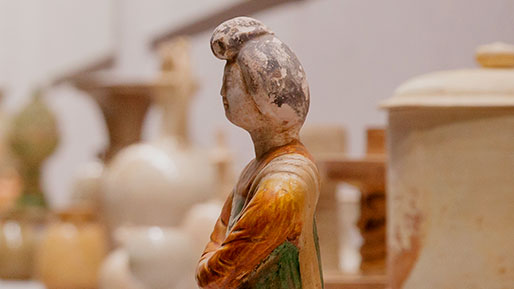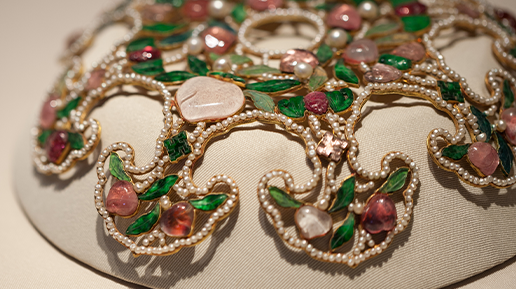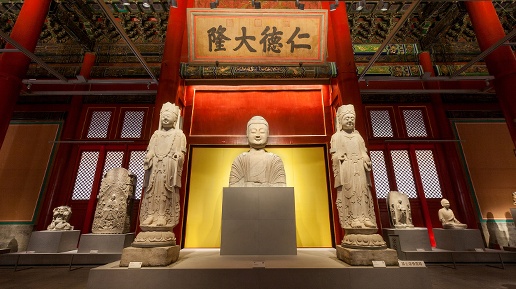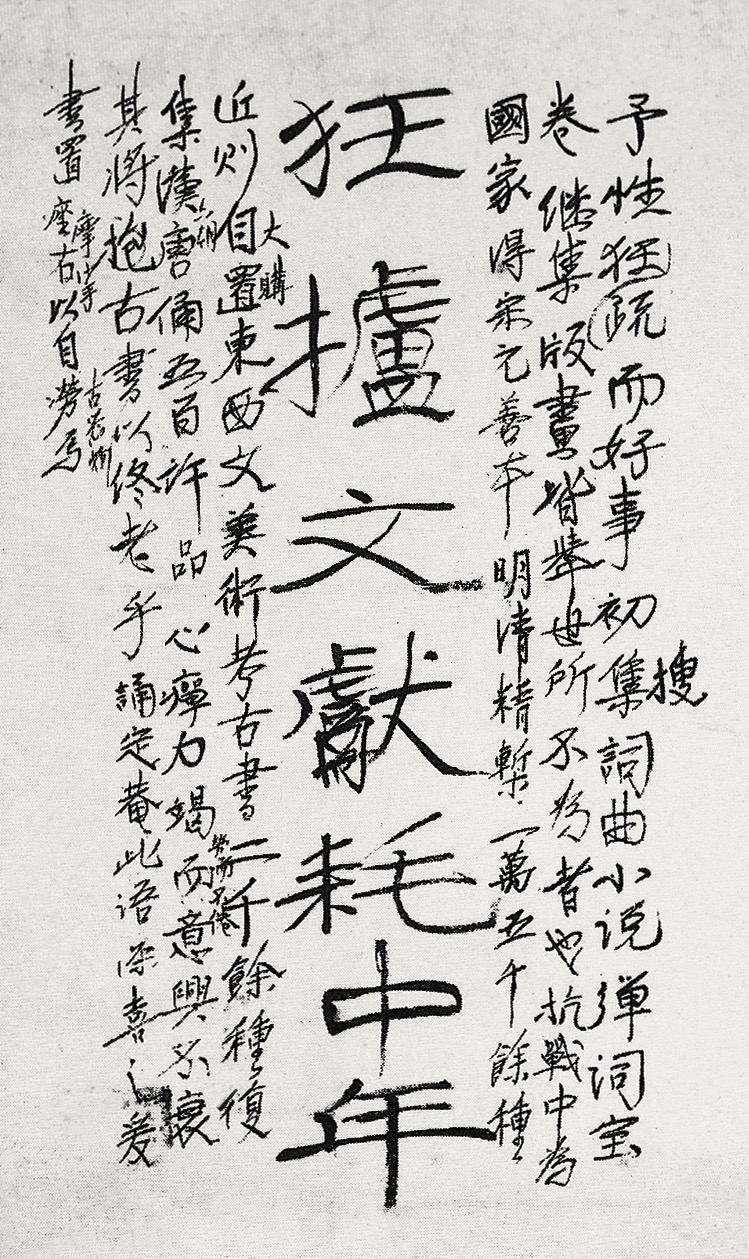
On November 20, 2018, the Palace Museum opened a special exhibition at the Hall of Literary Brilliance (Wenhua dian) in commemoration of the 120th anniversary of Zheng Zhenduo's (1898–1958) birth. A native of Changle, Fujian Province and born in Wenzhou, Zhejiang Province, he served as the first director of the State Administration of Cultural Heritage, and enjoyed a multifaceted career as a literary expert, connoisseur of historic books, and university professor. After the establishment of the People’s Republic of China, Zheng was instrumental in rescuing numerous collections of historic books and ancient pottery figurines from the war-torn Jiangnan region. In 1952, he donated his collection of pottery figurines and ceramics to the newly formed state; these works were later allocated to the Palace Museum. Tragically, Zheng died in a plane crash in 1958. His family heeded his wish for his collection of rare and ancient books to be donated to his country; these volumes were eventually added to the National Library.
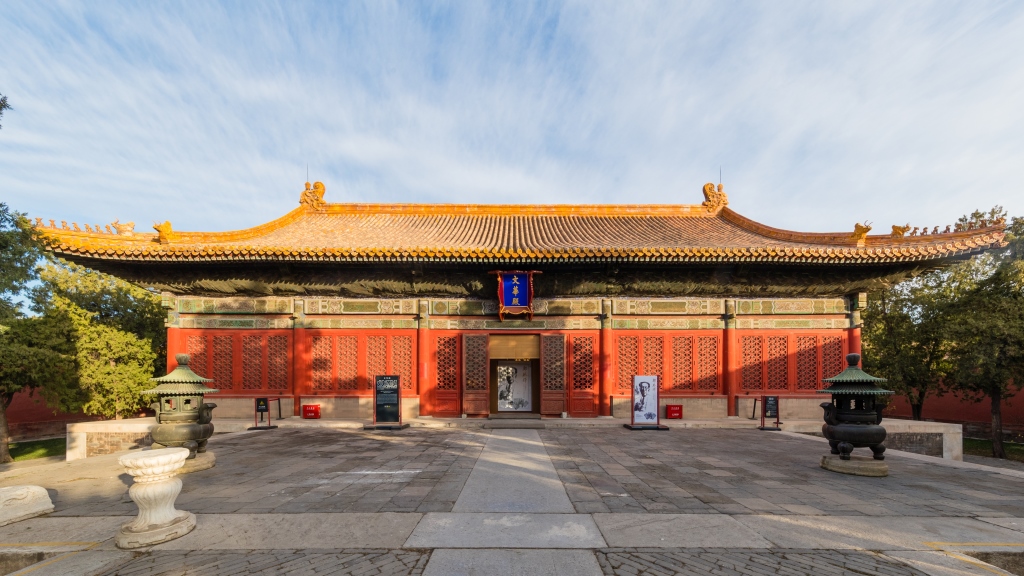
The exhibition is divided into three sections. The first presents Zheng Zhenduo in a range of photographs and a timeline of the major events of his life. The second displays select works from his impressive collection of pottery figurines and ceramics, and the third, and final, section pays tribute to his work in retrieving historical works after the war.

The selection of pottery figurines and ceramics in the second section represents major periods of Chinese history from the Western Han (202 BCE–9 CE) to the Tang dynasty (618–907). The 128 pieces on view include figurines of imperial officials, warriors, Central Asians, musicians, and domesticated animals as well as ceramic models of lanterns, wells, oxcarts, and storehouses. Originally used as grave goods (i.e., items buried with the deceased), these works provide insight into the funerary customs of the day. Additionally, the realistic figurines and models of practical implements reflect the diverse intersection of cultures within the ancient network of trade routes known as the Silk Road. The works are displayed in a chronological arrangement of three historical periods—I. Han dynasty (202 BCE – 220 CE); II. Jin (265–420) and Northern Wei (386–534); and, III. Sui (581–618) and Tang dynasties.
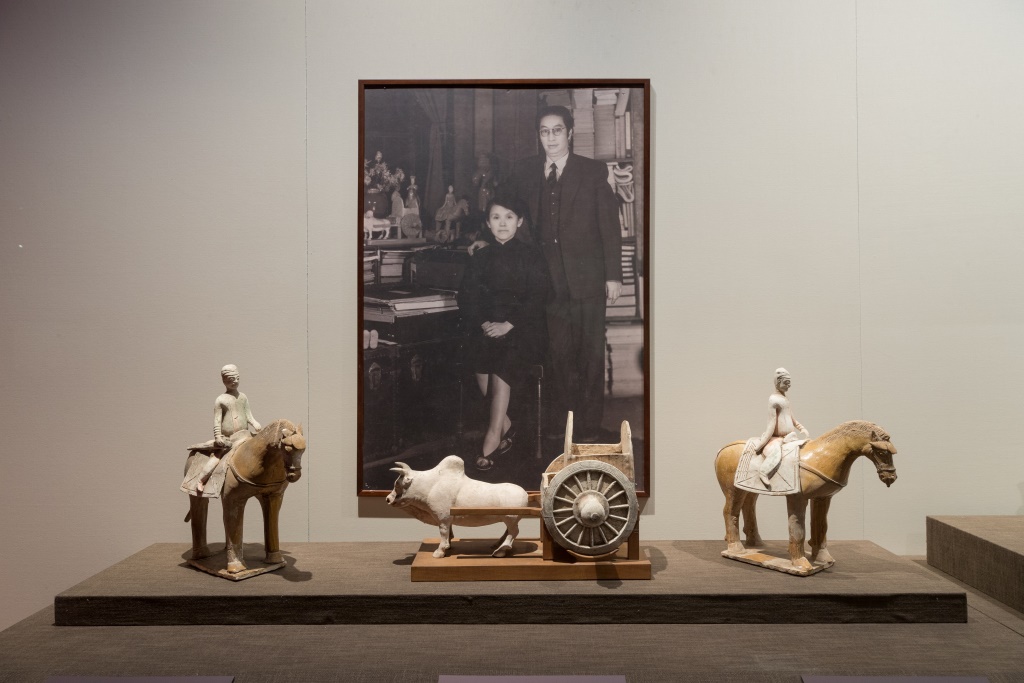
The third section commemorates Zheng Zhenduo’s work to rescue historical books and documents after the period of war in the first half of the twentieth century. This section also features several of his written works on literature, ceramics, and history. During this month-long exhibition at the Palace Museum, the National Library is concurrently displaying Zheng’s bequeathed collection of historical books in a parallel memorial of his life and work.
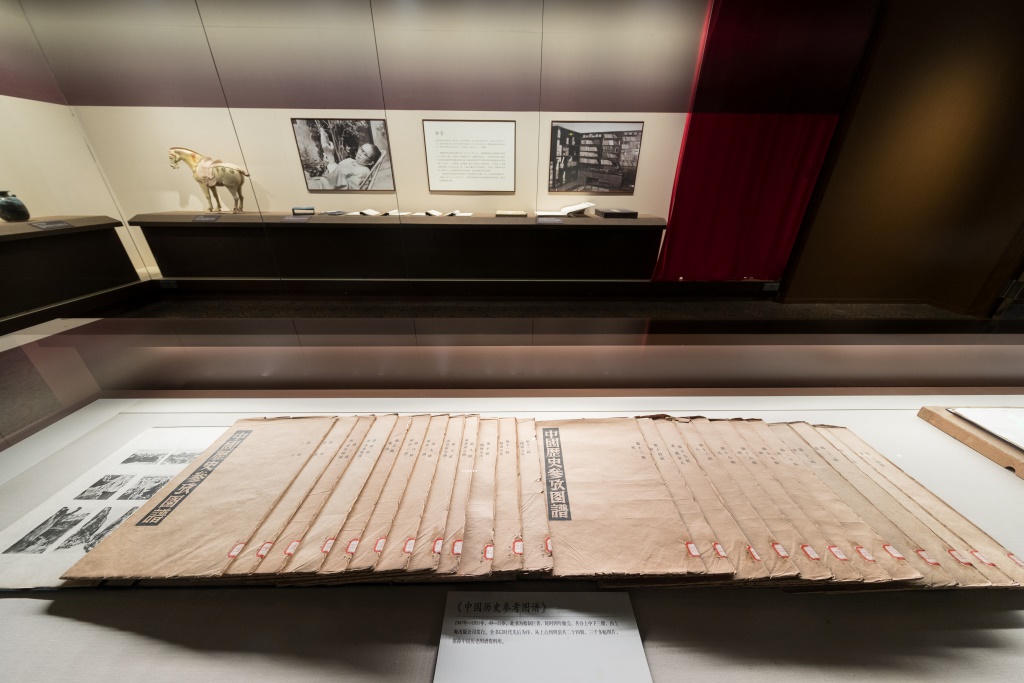
The Palace Museum’s collection of over 1.86 million works of art and historical artifacts is primarily comprised of the original Qing court treasury. Another significant part of the collection is formed with items donated or bequeathed from the private collections of Chinese citizens, Chinese and foreign government officials, overseas Chinese, and international benefactors. In recent years, several exhibitions featuring these acquisitions have been held in the Palace of Great Benevolence (Jingren gong). Apart from his generous donations, Zheng Zhenduo was a pioneer of conserving and promoting China’s cultural heritage. The former director of the Palace Museum Zheng Xinmiao once praised him saying that what Mr. Zheng gave to the Museum was not merely an array of exquisite ceramics; more important, he passed on a conscientious perseverance and an outstanding wealth of knowledge and experience that will never be forgotten.
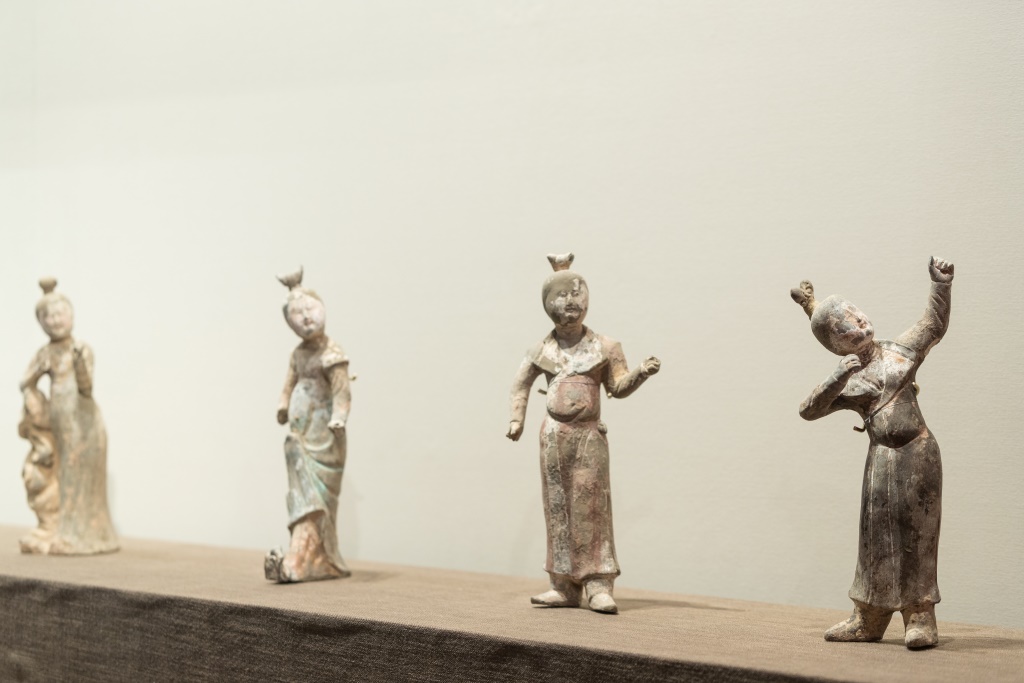
Translated and edited by Adam J. Ensign and Zhuang Ying



